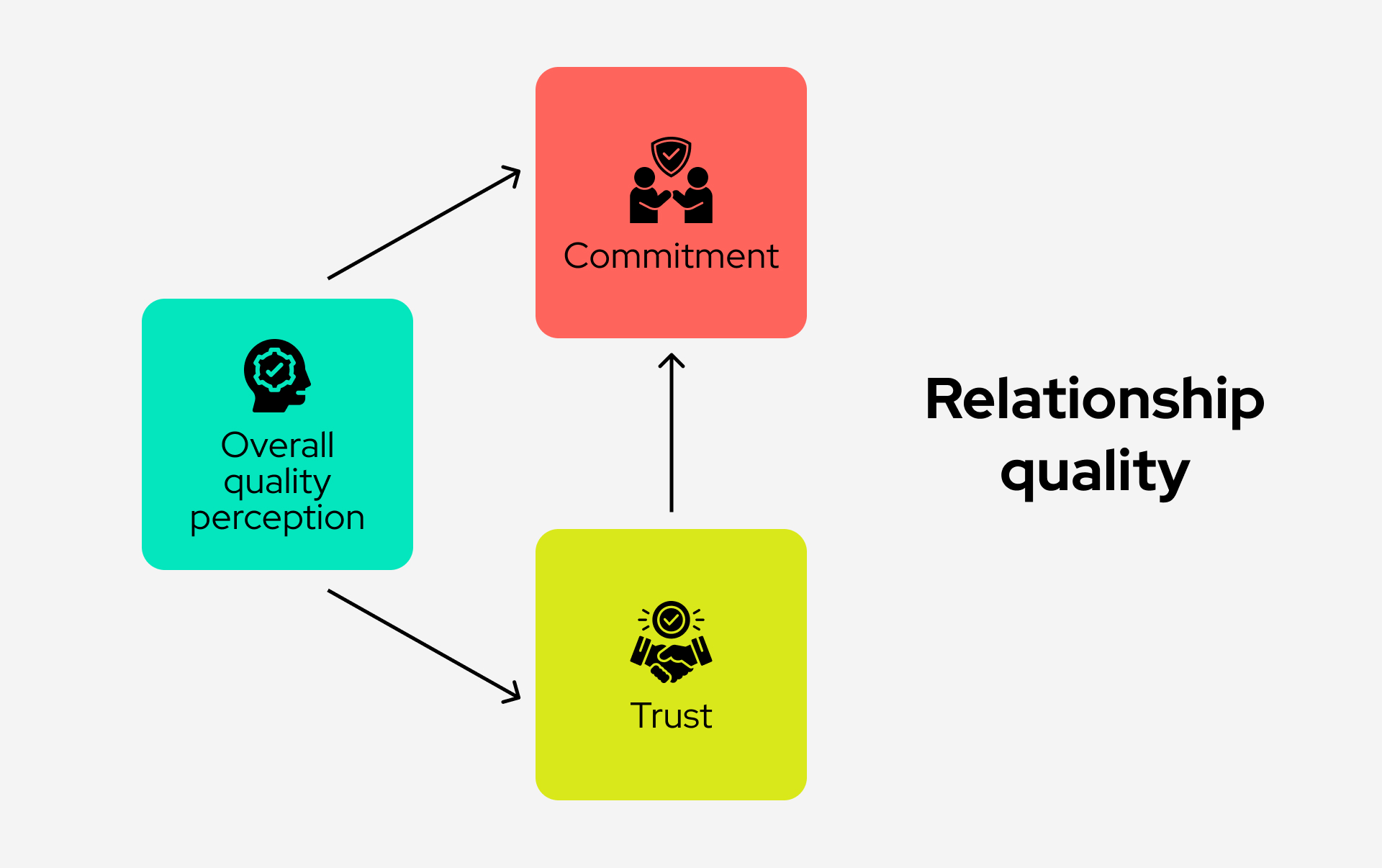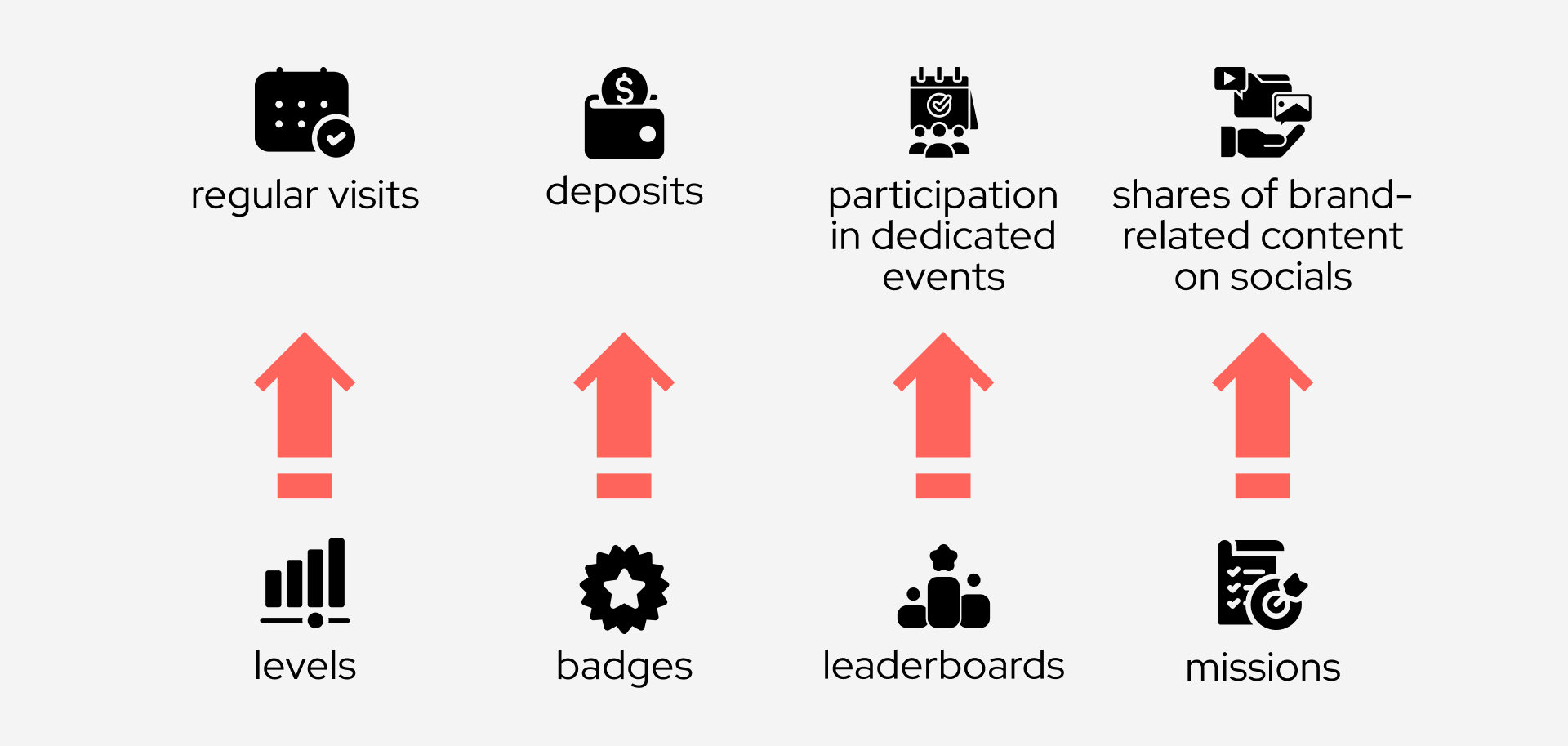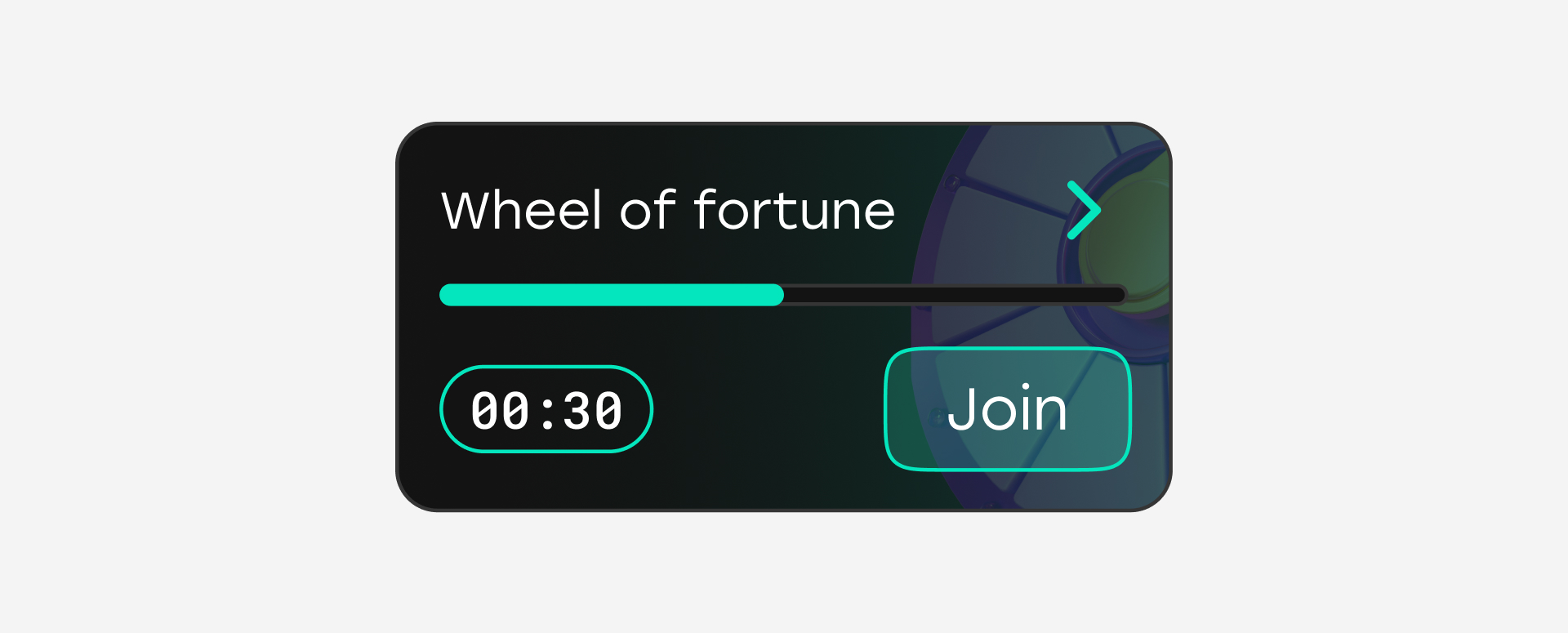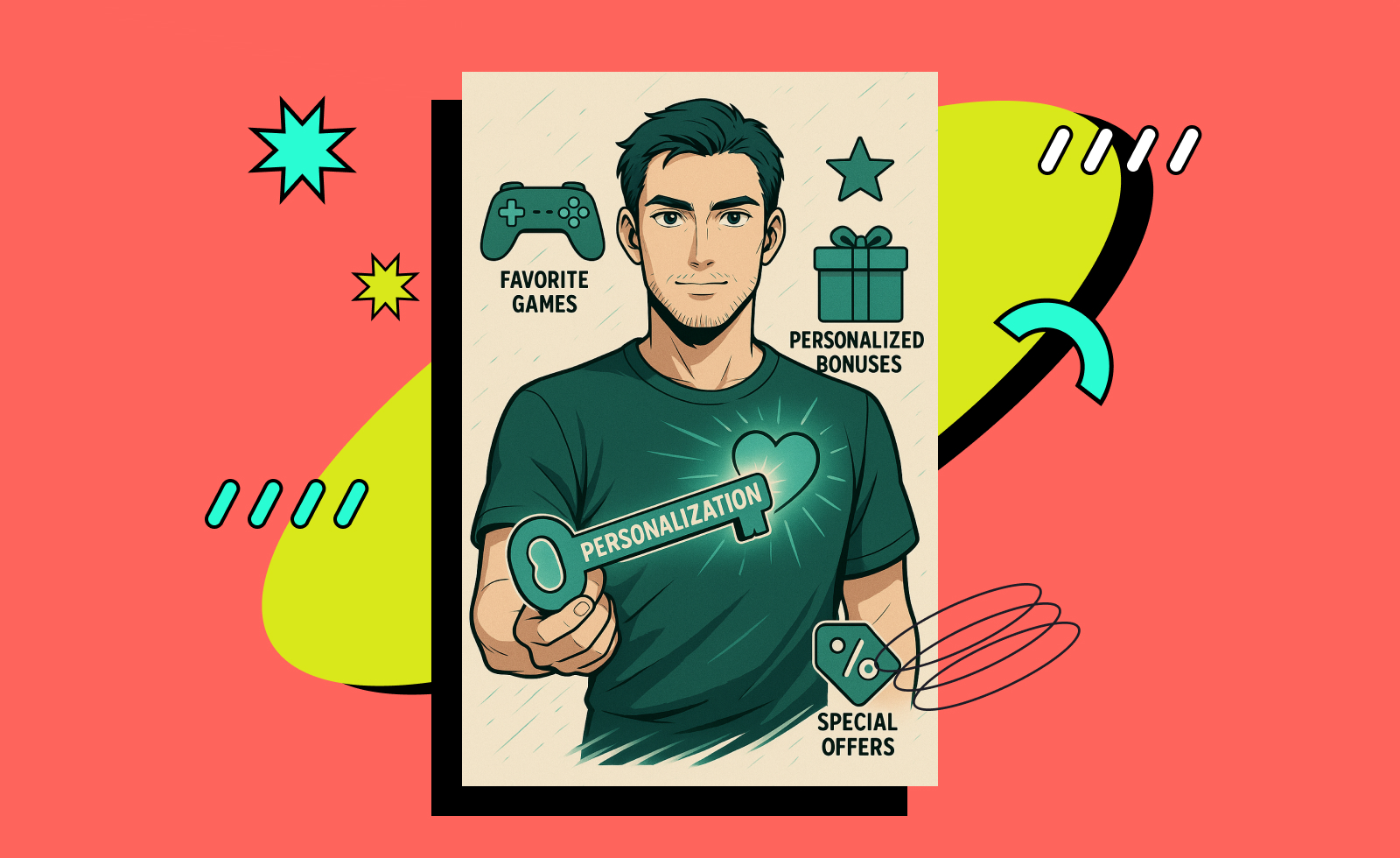Reading a research paper on customer loyalty and retention, I asked myself: Can the lifetime value of a non-loyal customer compensate for the monetary investment an iGaming brand makes into drawing and encouraging them to come over and over again? Unfortunately, I haven’t found an online publication with a success story and numbers to prove it.
Channeling resources into a bonus war is a straightforward tactic that can help an operator pump up acquisition and retention rates in the short term. However, this approach has side effects like reduced profit margins, the possibility of promotion exploitation, and a lack of emphasis on building the brand’s value and uniqueness of user experience.
An alternative path would be to nurture player loyalty, building a community that will bring long-term and somewhat predictable NRG. But what makes a loyal casino player? Let’s figure it out.
Recognizing what keeps players glued to their screens and returning to a platform is vital because casino revenue grows as long as they stay engaged. But if fostering ongoing user participation were easy, the bright minds in software development, marketing, psychology, and iGaming wouldn’t be searching for the optimal formula. So, let’s figure it out.
Customer satisfaction is widely believed to be the key driver of repurchase behavior — retention, a concept related to loyalty, — a psychological commitment or attitude toward a business. But it’s not always the case, stressed Thorsten Hennig-Thurau and Alexander Klee back in 1997. The direct correlation between the two phenomena is “weak or even nonexistent,” as empirical studies the authors cited revealed. For example, 65% to 85% of clients who walked away from a brand claimed to be still satisfied with it (read more in the article by Frederick Reichheld). Possible reasons for switching to a different brand could be promo offers for new users or it being closer to one’s home, in the case of a brick-and-mortar business.
So, instead of the oversimplified assumption that satisfaction inevitably leads to retention, the authors introduced their framework of predicting whether a customer stays or leaves through relationship quality. Relationship quality can be defined as how well a relationship with a business meets the customer’s needs.
There are three aspects to it:

This variable is self-explanatory, but let’s elaborate a bit. So, quality perception is how a casino meets a player’s expectations regarding functionality, visual appearance, game selection, reward system, and other criteria. Conformity to industry standards counts as well.
Commitment refers to how much a customer feels attached to a brand over time. A committed player is emotionally connected to the platform and thinks that being its customer is more beneficial than not.
Trust is the willingness to rely on a platform where the user is confident. What can make many players vote with their wallets for a particular iGaming brand is fair play, bonus accrual transparency, personal data and payment security, and 27/4 customer support.
Responsible gaming features such as self-exclusion also matter.
Trust gives rise to emotional attachment, which, in turn, is a strong predictor of loyalty. Brands that connect with customer emotions can benefit greatly from it.
The authors of The New Science of Customer Emotions demonstrated a scientific approach to understanding and strategically leveraging consumer emotions for business growth. They collected and analyzed over one billion data points about customers, including demographic and purchase data and real-time feedback about products and services. As a result, the researchers identified over 300 universal emotional motivators, or feelings that drive customers’ behavior:
“We consider customers to be emotionally connected with a brand when it aligns with their motivations and helps them fulfill deep, often unconscious, desires.”

Businesses that understand their audiences’ cravings can design and upgrade their products and tailor communications and experiences around those drivers. That way, they can acquire and retain the most valuable clients.
To illustrate this approach, I have compiled a list of casino players’ emotional motivators. These are:
I have relied on insights from Trueplay clients, personal research for this piece, and my overall knowledge of the topic (I’ve been in the industry since 2017). Feel free to share your opinion and suggestions in the comments. So, back to the publication…
Researchers have defined that customers go through four stages of the emotional connection pathway:
According to one of the findings, customers become more valuable at each step of this path, and their value significantly grows at the fourth step: “Fully connected customers are 52% more valuable, on average, than those who are just highly satisfied.” This value is indicated by various metrics, for example, purchase or use frequency, or website visits.
Advice: Segment players by the level of emotional connection and focus your efforts on those who are already satisfied with you. Of course, you’ll need the expertise of in-house data analysts who will create and enforce the data management strategy and carry out research.
Once, the main character of The Office, Michael Scott, said that too much change is not a good thing when discussing newly introduced rules at Dunder Mifflin (0:49–0:52).
The psychological cost of getting used to corporate-induced changes in office routine (drinking from a branded reusable bottle) was too big for Michael. He felt annoyed and violated.
Psychological cost is one of the four types of switching costs — expenses a customer incurs when changing brands, suppliers, or products. The others are monetary, time- and effort-based.
Let’s explore switching costs that may deter users from changing platforms, or at least postpone migration.
Financial costs. Players lose accumulated loyalty points, bonuses, or VIP status when switching to another operator, or have to pay deposit withdrawal fees.
Time- and effort-based costs. There’s always a learning curve for newcomers: they must get used to a new interface, features, betting systems, and loyalty programs.
Psychological costs. Leaving a familiar environment where one knows other players, streamers, and dealers may feel bittersweet.
Operators benefit from these expenses — they help prevent clients from leaving for competitors. However, the challenge is that switching costs in the industry are low due to several reasons:
In other words, iGaming brands are dealing with high buyer bargaining power, as players have abundant alternatives and suffer minimal financial loss when choosing other brands. However, it's too early to throw the white flag. Strategies to increase switching costs and retain players exist, and every operator can implement them.
An effective loyalty program improves a player’s attitude towards the platform; it becomes a much-needed differentiator in the ocean of iGaming websites. Dozens of providers work with iGaming businesses — take Optimove, Open Loyalty, or Smartico.
Our take on player loyalty is the Play to Earn and Hold to Earn features.
Play to Earn enables operators to reward users each time they place a bet, regardless of its outcome. So, the more players bet, the more tokens they get.
Hold to Earn allows players to lock the deposited tokens they have accrued through Play to Earn and get them back sometime after, with an interest that depends on the casino’s revenue.
Gamification elements, aka mechanics (e.g., levels, badges, leaderboards, and missions), tap into emotional motivators, allowing operators to induce the most profitable players’ behaviors.
These include regular visits, deposits, participation in dedicated events, shares of brand-related content on socials, and more.

Trueplay’s clients use Funnels No Code, the marketing funnel builder, and Wheel of Fortune in CopyStake livestreams to entertain players and provide added value.
Funnel No Code consists of Missions and the Tap to Earn game.
Missions are point-earning tasks, such as referring a friend, reviewing the platform, or trying a game. Businesses can use preset missions or create custom challenges that align with their goals.
In Tap to Earn, users tap on an image in the center of the screen to accumulate points. Ease of use and instant reward accrual make the game captivating from the first second. Moreover, a daily earning limit encourages customers to engage with a brand every day of the week.
Wheel of Fortune allows operators to host prize giveaways for players that mirror streamers’ bets during CopyStake broadcasts.

Check out the newsletter about our gamification solutions if you’re interested to learn more.
***
To stay afloat and get into the premier league, iGaming brands must solve the player loyalty equation. Based on research findings and my industry expertise, I propose the following method: learn your players’ interests and inherent desires, segment them, focus on the most valuable ones, and offer experiences that will win their hearts and wallets. And try to make your proposition as unique as possible.
If you don’t know where to start, contact the Trueplay team. Let’s solve your challenge together!




